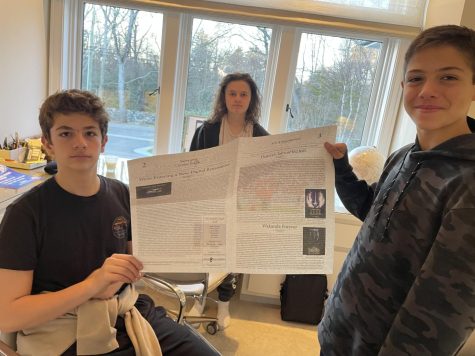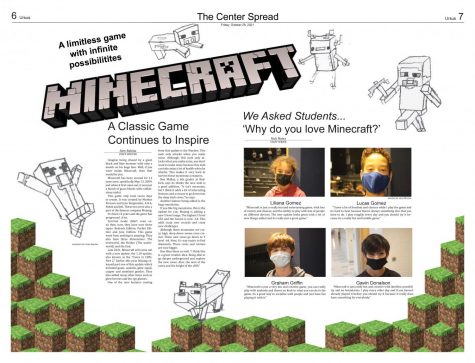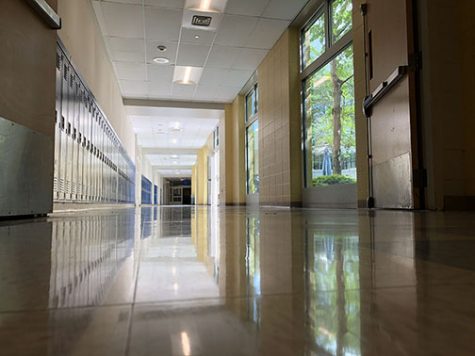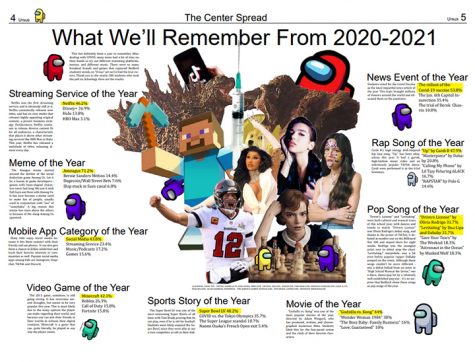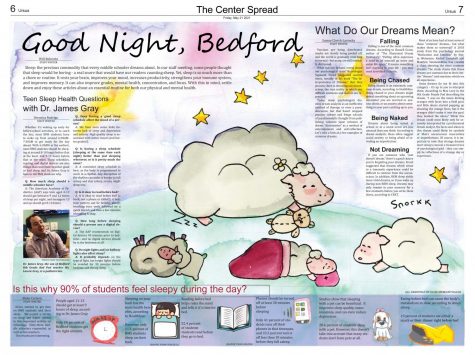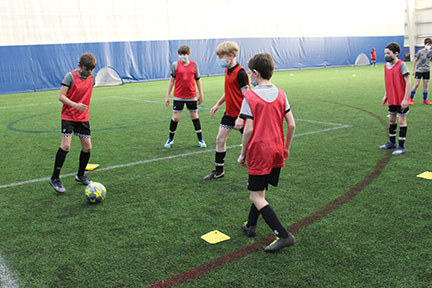Recycling Proves Confusing for Some

The round holes means bottles and cans in that bin, but students and staff mix trash which makes separating materials difficult and recycling less effective.
Middle Schoolers are constantly told, particularly in school, that they need to recycle. With the global issue of climate change worsening each year, recycling by sorting one’s trash and disposing of it properly, is a seemingly simple method to reduce the amount of waste harming the environment. But, at Bedford, it’s apparently not simple.
The recycling bins in each pod actually don’t get used properly.
According to the Environmental Protection Agency, garbage put into landfills causes the release of greenhouse gases and other chemicals that damage the atmosphere and pollute the environment. Recycling decreases the amount of energy, waste, and pollution by allowing the raw materials to be reprocessed.
Additionally, as explained by Nashville Public Media, trash put into recycling bins is separated at the recycling plants where the categories of recyclables, such as paper, cardboard, and plastics, are also divided up. From there, the physical, labor-intensive recycling process occurs in mills.
In our pods, there are commonly three types of conventional recycling bins: rectangular blue ones with a narrow slit for paper, green containers with circular cut-outs for cans and bottles, and open, square blue boxes typically used for all recyclables. The gray bins are designated for trash.
The Bedford custodial staff, however, informed “Ursus” that students don’t tend to follow the direction of these different bins. Lots of trash is thrown into them, in addition to items intended for a different type.
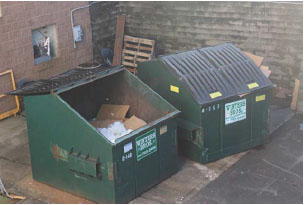
BMS collects its trash for daily pick in these bins at the side of the school.
How we throw things out as a society is important to helping the environment
In fact, some students are unaware of the meaning of each category. “I never use them. I only use the open ones because the different tops confuse me,” said Jeffrey Pogue, an eighth grader. “During math [in the pod], I do see people use the paper ones,” said Kaitlyn Seo, a seventh grader. “In classrooms, there’s about a fifty-fifty split of people who use the recycling bins, and mostly, again, for paper. I don’t see many people using the cans, though.”
Both students agree on the importance of recycling for the environment. Jeffrey said, “I recycle because I’m told it is good for the environment, and so it releases guilt on my self-conscious.” Kaitlyn, on her habits, described, “At school, no I don’t. I don’t buy anything that needs to be recycled. I used to buy water bottles and always ended up either throwing them out or bringing them home because I don’t drink a lot. However, my family is typically very eco friendly.” At Bedford, there are still numerous water bottles ending up in trash cans, similar to Kaitlyn’s example of simply throwing hers away when she was finished. This even occurs with unemptied bottles. Changing this behavior will not be easy. “I don’t think it would be that easy to change, since people are people. They’ll do what they feel like doing, and that doesn’t usually involve going above and beyond with waste disposal,” said Kaitlyn.
One way that we might be able to get the school to recycle better is to look at trash’s effects on the environment. “I’ve seen examples of plastic’s effect on wildlife, and that definitely makes a difference,” added Kaitlyn. Perhaps this means Bedford should begin educating its students on the impacts of recycling to prevent the issue from worsening and to help our environment as best we can as a school.
This might include more distinct labels on the bins and other techniques to raise awareness. As Jeffrey simply put it, “Give them a reason to recycle. Make sure we know we’re making a difference when we’re recycling.”



